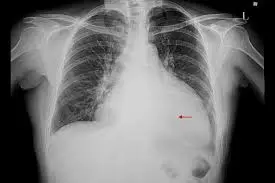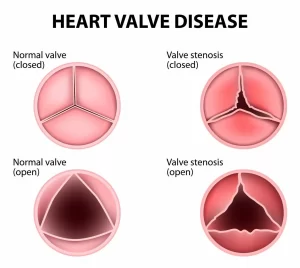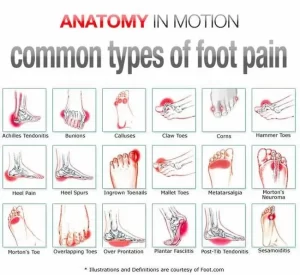By Gabriela Calvi – Epidemiologist| Educator and Health Advocate| Podcaster “Good Morning Health
Campylobacteriosis is one of the most common diseases that exists in the United States during the summer. This disease is caused by a bacterium called, campylobacter.
This disease is considered one of the most common diarrheal diseases, caused by the consumption of contaminated food and water. This is called ‘zoonoses’, that is, a disease transmitted to humans by animals or by products of animal origin. However, research indicates that it is not exactly clear what the absolute contribution of each of the transmission sources is. Since campylobacter organisms can be found anywhere and can commonly be found in the intestinal tract of cats, dogs, birds, cattle, pigs, rodents, monkeys, wild birds and in some humans.
This bacterium passes through the body in the feces and circulates through the environment. Also, it is found in untreated water. Infection caused by campylobacter bacteria is also caused by consuming unpasteurized milk and uncoated food completely.
Usually, the symptoms of infection with Campylobacter, usually occur between 2 to 5 days, having ingested the bacteria, but may occur a range of 1 to 10 days. A person may have fever, abdominal pain and diarrhea (usually bloody) however, I have seen cases where a patient has campylobecteriosis – but only bloodless diarrhea. In some cases, the doctor sees it necessary to prescribe an antibiotic when diarrhea is severe.
The disease can last about a week. Of which, it is important to remember that no person who has diarrhea (either if they know they have campylobacter or or) should go swimming. This type of recreation during the summer months should be prohibited if the person is presenting complications in the intestinal tract.
It is important to mention how delicate this disease can be, since there are certain complications that a person can present. For example, meningitis, urinary tract infections and arthritis (short duration) and last but not least, there is a very rare and uncommon relationship with Guillain-Barré syndrome, it is an unusual type of paralysis.
Campylobacter can be controlled in several ways. The efficient way to stop this bacteria is to inform us about the different points in the food production and marketing chain, on the farm, in the plants, in the store, and in the people.
If you want to learn a little more about food safety. I invite you to listen to the Good Morning Health podcast. So that you can stop this bacterium, applying the appropriate recommendations when handling a food of animal origin.


